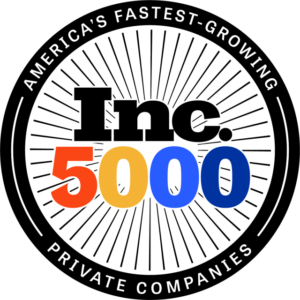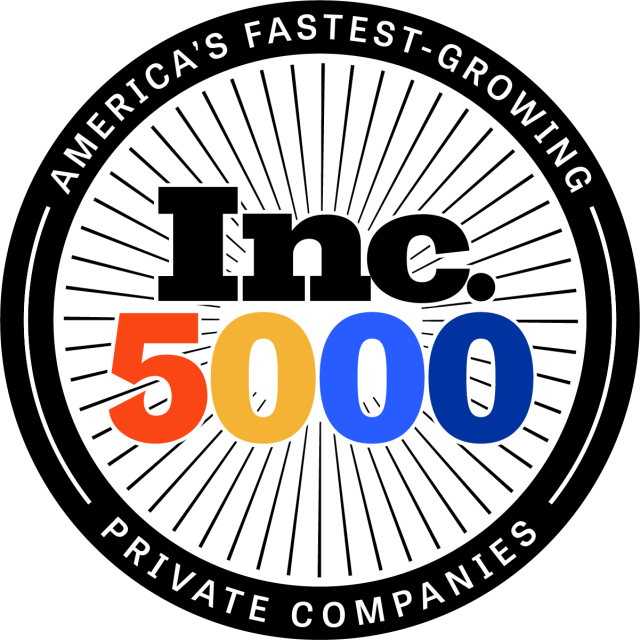The Hidden Costs of Inadequate Planning in ERP Transformations
By ERP Transformation Practitioners – In the Field Since 1995
If there’s one constant in ERP transformations over the past 30 years, it’s this:
Programs rarely fail in testing or go-live — they fail in planning.
In Part 1 of this series, we identified inadequate planning as the first and most foundational reason ERP initiatives struggle or collapse entirely. It remains the primary root cause behind blown budgets, extended timelines, unnecessary complexity, and the painful program resets we’ve all seen across SAP and Oracle landscapes.
This second installment takes you deeper into the planning challenges we’ve watched play out repeatedly—across industries, geographies, and decades, and offer a perspective on how organizations can avoid these traps before they consume the program.
1. Planning Has Become a Sales Activity, not a Delivery Discipline
Here’s the uncomfortable truth:
Over the years, planning has become the most overlooked and under-invested phase of ERP delivery—often because the major Tier 1 implementation partners deliberately compress or minimize it.
Why?
Because a short planning phase looks attractive in a proposal. It accelerates contract sign-off, enables fixed bids that “feel” doable, and creates the illusion of fast progress. And it’s often the first warning signal that the implementation partner in question misses the required qualification and experience.
But when planning is rushed to satisfy a sales cycle instead of delivery reality, the program begins with assumptions, not alignment. We’ve seen planning phases reduced to:
- A few weeks of high-level workshops
- Generic templates passed off as “blueprints”
- Overly optimistic estimates with zero grounding in business readiness
- Pre-configured solutions presented as if they fit everyone
This isn’t planning. This is packaging. And when planning is treated like packaging, the transformation is already off course before it even starts.
2. Planning Fails When It Focuses on Technology Instead of Business
ERP is often mistakenly treated as a “system replacement” rather than a business transformation. That mindset shapes poor planning outcomes long before the first design workshop begins. We’ve seen countless organizations enter planning with a system-first agenda:
- “We need SAP S/4HANA by 2027.”
- “We’re moving everything to Oracle Cloud.”
- “We want to standardize on a single platform.”
These objectives are legitimate—but they are not a transformation strategy. A proper planning phase should answer three critical business questions before a single configuration decision is made:
- What value must the ERP deliver?
- What processes must change, retire, or harmonize?
- What organizational behaviors must shift for the transformation to stick?
Unfortunately, many Tier 1 partners anchor planning around system capabilities instead, resulting in business processes that conform to the tool—not the organization’s strategic needs. When technology leads and business follows, the program inevitably becomes a technical upgrade, masquerading as a transformation.
3. Planning Is Often Done Without the People Who Will Actually Deliver the Work
The right people, both client-side and partner-side, are rarely in the room during planning. We routinely see:
- Enterprise architects who join the program after major decisions are locked in
- Data leads who inherit unrealistic timelines and unvetted assumptions
- Change teams who are brought in only after resistance has taken root
- Offshore resources who execute work they had no role in estimating
- Client SMEs balancing planning workshops with full-time day jobs
When planning is done by those who won’t deliver and delivery is done by those who didn’t plan, two outcomes are guaranteed:
- Endless rework
- Constant surprises
ERP transformations thrive on clarity, not handoffs. Yet planning is often where clarity is sacrificed for speed.
4. Planning Often Ignores the Realities of Data, Integrations, and Legacy Complexity
Planning documents are filled with clean diagrams, streamlined process flows, and optimistic assumptions. However, beneath every organization lies a set of realities that planning must confront early but rarely does:
- Legacy customizations that run critical pockets of the business
- Dirty, duplicated, or decentralized data
- Integrations no one fully understands
- Shadow systems that can’t simply be shut off
- Compliance constraints that weren’t uncovered early
Tier 1 partners often downplay these realities to protect the sales narrative. But these buried complexities emerge eventually, usually during testing, and derail the program at the worst possible time.
Real planning surfaces these issues early and builds a delivery model grounded in truth, not aspiration.
5. Planning Often Lacks a Value Case—Or Has One That No One Owns
For 30 years, we’ve asked organizations a simple question during planning:
“What business value is your ERP transformation expected to deliver?”
The answer is often:
- Broad,
- Vague,
- Inconsistent,
- Or tucked away in a slide no one references again.
Without a measurable value case, planning lacks direction and the program becomes a compliance exercise instead of a transformation. And when value is not defined upfront, it certainly won’t be delivered downstream.
How to Get Planning Right: What We’ve Learned After Three Decades
Strong planning is not about spending more time; it’s about spending the time wisely.
Based on thousands of hours spent in war rooms, steering committees, blueprint reviews, and recovery efforts, here are the essentials:

1. Create a business-led vision with measurable value
Planning must begin with clearly defined outcomes, realistic and attainable targets – driven by reality of the organization and not lofty milestones that look cute (aka – meeting the deadline).
2. Challenge existing processes, don’t just document them
Transformation requires debate, not transcription.
3. Use senior practitioners who understand ERP realities, not junior teams recycling templates
Experience is the single most important planning variable. Use REAL experts with been-there-done-that background; not a prestigious logo or smart-talking sales reps who overpromise but are the first to disappear once the deal has been signed.
4. Validate assumptions with data, not hope
Scope assumptions, integration complexity, data readiness, business capacity and anticipated timelines must be assessed honestly.
5. Build a realistic delivery model before committing to a timeline
Planning should produce a roadmap that the people delivering the work actually believe in (and can deliver).
6. Treat planning as the foundation of the transformation, not a speed bump!
Everything that happens downstream is determined here. Proper (and often extensive planning) could actually save you time downstream.
In Summary
ERP transformations don’t fail because of bad software. They fail because the foundation was never set correctly during the planning phase. When planning is rushed, under-resourced, or driven by sales rather than delivery, the program inherits flaws that no amount of heroics later in the lifecycle can fix.
In Part 3 of this series, we will explore the second core reason ERP programs struggle: Inadequate Resourcing, and the systemic “bait and switch” patterns that have undermined ERP delivery for more than three decades.
For now, consider this:
If the planning phase isn’t clear, honest, and grounded in reality, the transformation is already at risk – long before the first piece of solution is configured.
About Gravity IT Resources
Gravity is a Human Capital Management company headquartered in Fort Lauderdale with offices across the country including Atlanta, Charlotte, Columbus, Cincinnati, Nashville, DC, Salt Lake City, San Diego and Tampa. Our company has been recognized by Inc. Magazine as an “Inc. 5000” award winner and one of the fastest growing privately held companies in the United States for the last 7 consecutive years (2019, 2020, 2021, 2022, 2023, 2024, 2025). Additionally, Gravity is proud to be Great Place to Work certified for the 5th year in a row (2021, 2022, 2023, 2024, 2025) and was also recognized on the SIA’s Fastest-Growing Staffing Firms in the US list the last two years (2024, 2025).
Gravity helps prominent clients like Salesforce, Chewy, Carnival Cruise Lines, AutoNation, Mosaic and hundreds of other enterprise and SMB companies to identify, recruit and hire IT professionals for their most critical projects and jobs. Our recruitment spans across various roles, including artificial intelligence (AI) specialists, software engineers, cloud engineers, project managers, data engineers, business analysts, security engineers, CXO leaders and more.
Gravity provides a variety of delivery models and services designed to meet client needs efficiently and effectively.
- Contract, Contract-to-Hire & Direct Hire of US-based Resources
- Nearshore Staff Augmentation
- Managed Team Services
- Executive Search
- ERP Program Leadership
- Workday Certified Staffing Partner
To learn more about Gravity IT Resources practices, career opportunities and culture, visit gravityitresources.com



